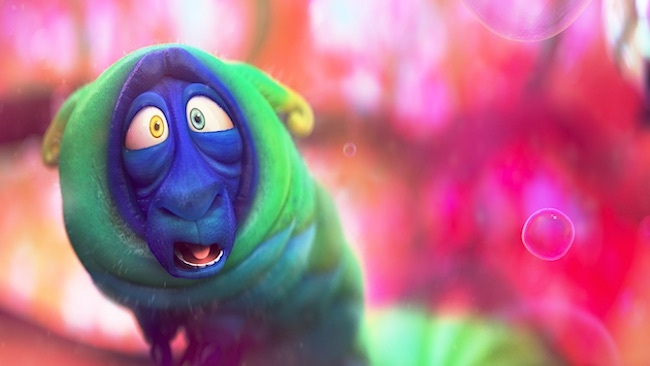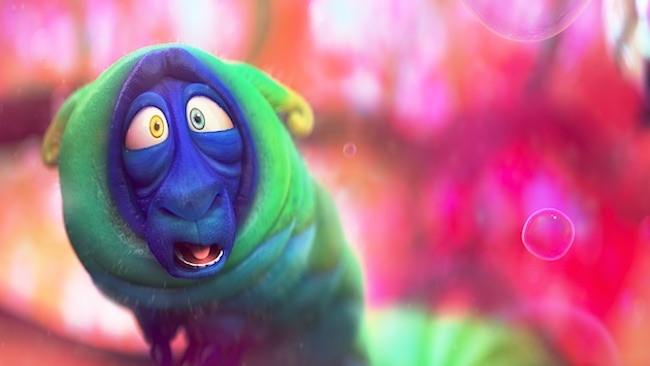
 A scene from the Open Movie project, Cosmos' Laundromat
A scene from the Open Movie project, Cosmos' Laundromat
Guest author and Blender expert Gottfried Hofmann details the new features in Blender 2.75, the latest version of the popular and increasingly powerful open source 3D modelling and animation suite, including stereoscopic workflow and Cycles on AMD GPUs.
Rendering stereoscopic images and animations has been possible before in Blender by using an add-on. But that is no longer needed because version 2.75 features a fully stereoscopic workflow out of the box. That includes live preview, compositing, rendering and display of stereoscopic footage in the image editor, movie clip editor and video sequence editor. Supported formats are anaglyph with a set of colour pairs, interlaced, time-sequential for display devices that use active shutter glasses, side-by-side and top-bottom. Stereoscopic preview and rendering works for both Cycles and Blender Internal.
For a long time, the Cycles render engine could not make use of AMD GPUs. That problem has been fixed with the direct help of AMD's engineers who worked on a split up version of the Cycles render kernel that compiles for AMD cards. It works on Windows and Linux for cards with GCN-architecture that have the latest beta drivers by AMD installed. A list of working models can be found on the Blender OpenCl wiki. Transparent shadows, volume rendering and branched path tracing are not yet supported.
Cycles can now make use of light portals, which help reducing noise in indoor scenes. In Blender, light portals are implemented as special types of area lamps. They generally should be placed in windows and other openings to help the renderer discover the light from outside.
The Cycles panaroma camera can now render to mirrorball projection and animating the seed value of the renderer to get a film grain like effect in animations has become a matter of one simple click.
The depth of field rendering for live OpenGL previews in the viewport can now use an optional mode with higher quality that resembles the depth of field of an actual rendering in Cycles a lot better. Setting a polygonal bokeh is also possible. The high quality depth of field is not enable by default for depth of field because it required more GPU power.
The stamp option has been renamed to ‘Metadata’ and will write data such as frame number, render time, scene name and other things directly to the metadata of rendered images. For PNG etc that would be EXIF data ,while for EXR it writes into the header. The old option of rendering that data into overlaid text on the image is still available by checking ‘Stamp Output’ in the Metadata panel. The metadata can be displayed in the image editor and in the video sequence editor alongside the images.
The video sequence editor now allows users to store all proxies in the project directory instead of the default behaviour which store proxies in the directory where a strip's source footage resides. Image sequences can now use placeholders. In that case, Blender will create a strip that ranges from the first to the last frame discovered, with missing frames being fully transparent. Refreshing the sequencer will also refresh the strips, closing the holes in case missing frames have arrived in the directory, which is a common thing when working with render farms.
Texture painting in the 3D viewport now now has symmetry support. It works with all brush types and multiple symmetry axis at once. In sculpt mode, the crease brush now has a more curved profile so tighter grooves can be achieved and dynamic topology creates a more even distribution with less stretched faces.
Blender also has a new dependency graph. It will allow to animate more properties than before and allow more properties to be driven by others. It is also the basis for upcoming performance improvements. Because it is not deemed production ready yet, users have to enable it by using '--enable-new-depsgraph' when launching Blender from the command line.
In addition to the aforementioned features, Blender 2.75 features a lot of smaller improvements and workflow enhancements and more than 380 bugs have been fixed that existed in previous versions. It is available for Windows, Mac OS and Linux at http://www.blender.org/download/
Tags: Post & VFX


Comments